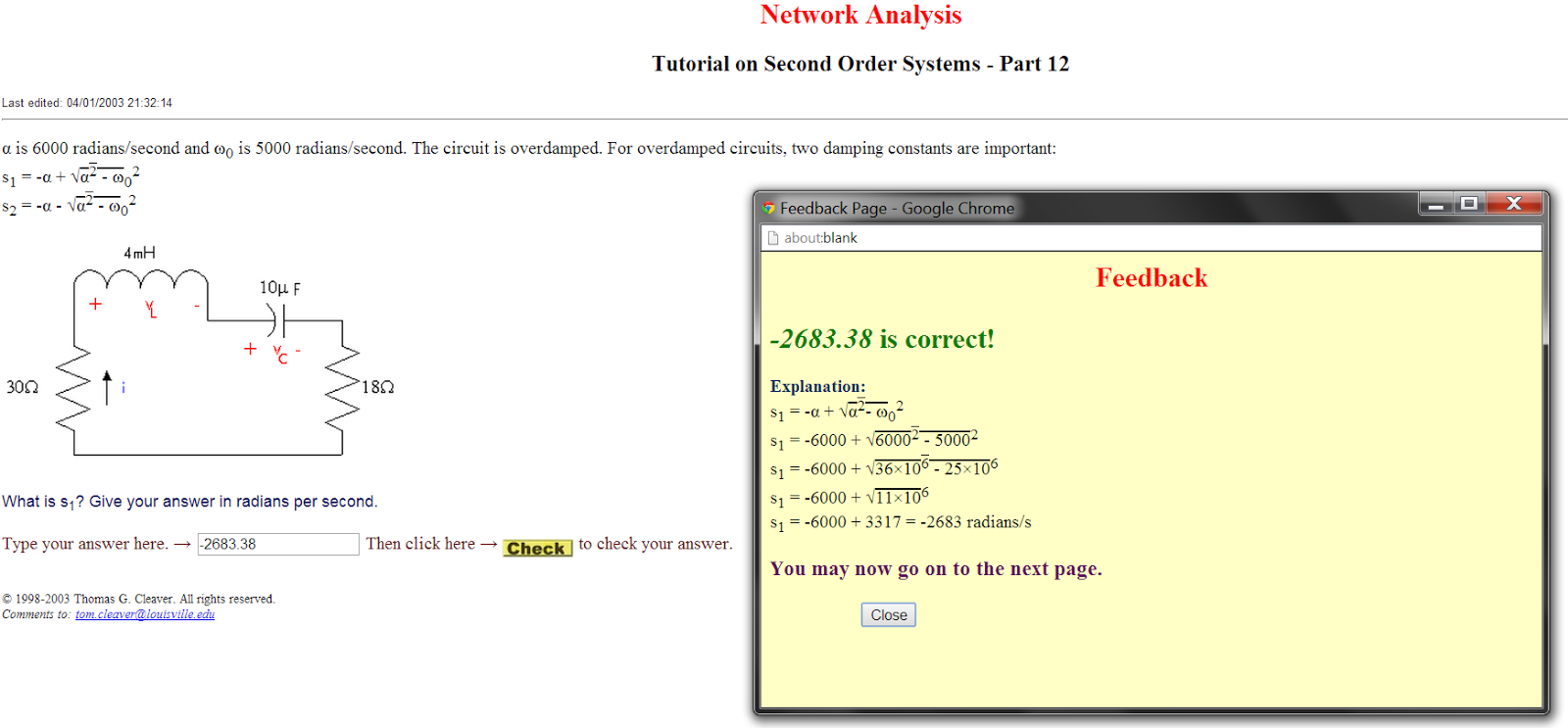Power in an AC RLC circuit can be maximized if there is no power lost in the capacitor and inductor. This is achieved at a particular frequency known as the resonant frequency. For our purposes we can limit the frequency to a theoretical bandwidth.
Our circuit contained in:
10 Ohm and 100 Ohm resistor
1 uF and 100 uF capacitor
2.2 mH capacitor
Vmax=4.0V
To find the resonant frequency we first calculated the theoretical value for each case.
Measuring the maximum current in the circuit gave us the maximum power since Pmax=kVI
CASE 1

CASE 2

The bandwidth of the each circuit allowed us range to find the maximum current. According to the experiment the power was maximized at 34.1 mA and 148.7 mA at frequencies of 503 Hz and 5436 Hz. This disagrees with the theoretical calculation so no conclusion about resonant frequency can be reached except that resonant frequency is inversely proportional to capacitance.






















































